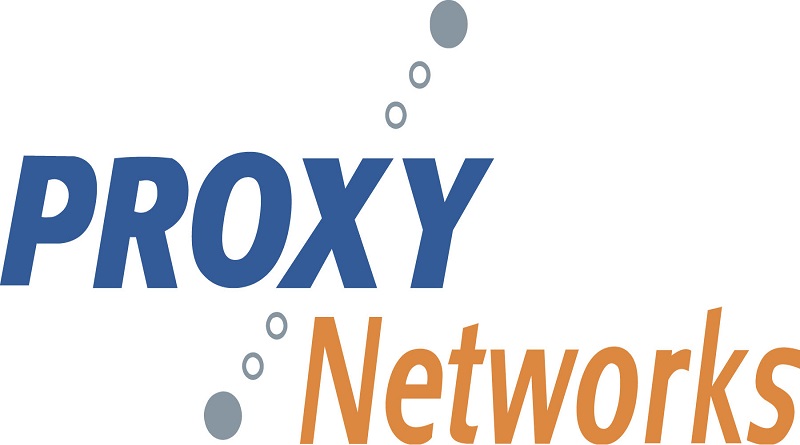

- #Clashx terminal proxy how to
- #Clashx terminal proxy install
- #Clashx terminal proxy update
- #Clashx terminal proxy license
See 1 in particular for additional help, including a script to quickly turn on/off the proxies. So separately configure them create a file called 95proxies in /etc/apt//, and include the following:įinally, logout and reboot to make sure the changes take effect. kong-learning changed the title ubuntuclash ubuntuclash on Jul 18, 2021. will not obey the environment variables when used normally with sudo. You must duplicate in both upper-case and lower-case because (unfortunately) some programs only look for one or the other: Setup Clash Depending on your goals, you might want to simply run Clash on its own, or setup a proper project. If you want to setup a Clash project with Cabal instead, read the starter project’s README.md. Stack is a build tool for Haskell / Clash projects.
#Clashx terminal proxy install
This file stores the system-wide variables initialized upon boot.Īdd the following lines, modifying appropriately. Install Stack Use brew install haskell-stack or manually install it.
#Clashx terminal proxy license
License Ĭlash is released under the GPL-3.0 open-source license. Windows detects the proxy server settings automatically, so you. Long answer: You are on a network where everything has to go over a proxy (that's why you need to set those environment variables, which by the way, should be set in /etc/environment and don't forget the exclude list noproxy). To use a proxy server, you’ll need one or more of the following things, depending on how you’re setting it up: Automatically. Short answer: You can't if they did their job right. In some cases, your company or organization might require a proxy server. The only thing I have is a subscription URL and many proxy services info fetched from the URL. Also, due to net work issue (that's why I need proxy), I can't download anything. *: Only available in the free-of-charge Premium edition. A proxy server can be used when you’re connected using Wi-Fi or Ethernet. This is equivalent to setting the proxy via mac system settings > Network > wi-fi > Advanced > Proxies > Web proxy. But when installing Linux from raw terminal, there is no clash nor anything installed.
#Clashx terminal proxy update
RESTful API: update configuration in-place via a comprehensive API.Remote Providers: load remote proxy lists dynamically.Proxy Groups: automatic fallback, load balancing or latency testing.Transparent Proxy: Redirect TCP and TProxy TCP/UDP with automatic route table/rule management*.Fake-IP DNS: minimises impact on DNS pollution and improves network performance.Rule-based Routing: dynamic scripting, domain, IP addresses, process name and more*.Outbound: Shadowsocks(R), VMess, Trojan, Snell, SOCKS5, HTTP(S), Wireguard*.Inbound: HTTP, HTTPS, SOCKS5 server, TUN device*.Those might want to consider using a GUI client instead, and we do have some recommendations: Privoxy Non-caching web proxy with advanced filtering capabilities for enhancing privacy, modifying web page data and HTTP headers, controlling access, and removing ads and other obnoxious Internet junk.

#Clashx terminal proxy how to
While this wiki covers both, however, the use of Clash could be challenging for the average users. Fortunately I know how to bypass it freely (as in 'free of charge'), currently I use Lantern, its http proxy port is 1053, I had set it to 'manage system proxy' and 'proxy all traffic', I had run these commands: netsh winhttp set proxy 127.0.0.


 0 kommentar(er)
0 kommentar(er)
